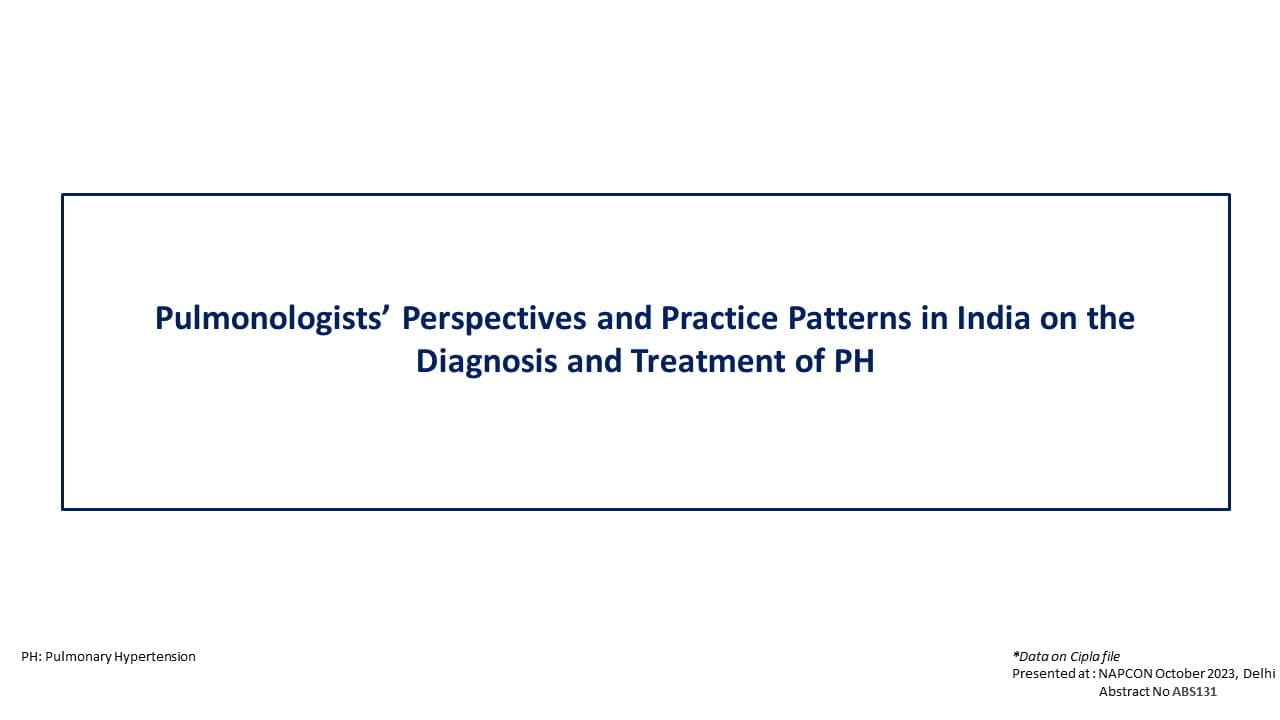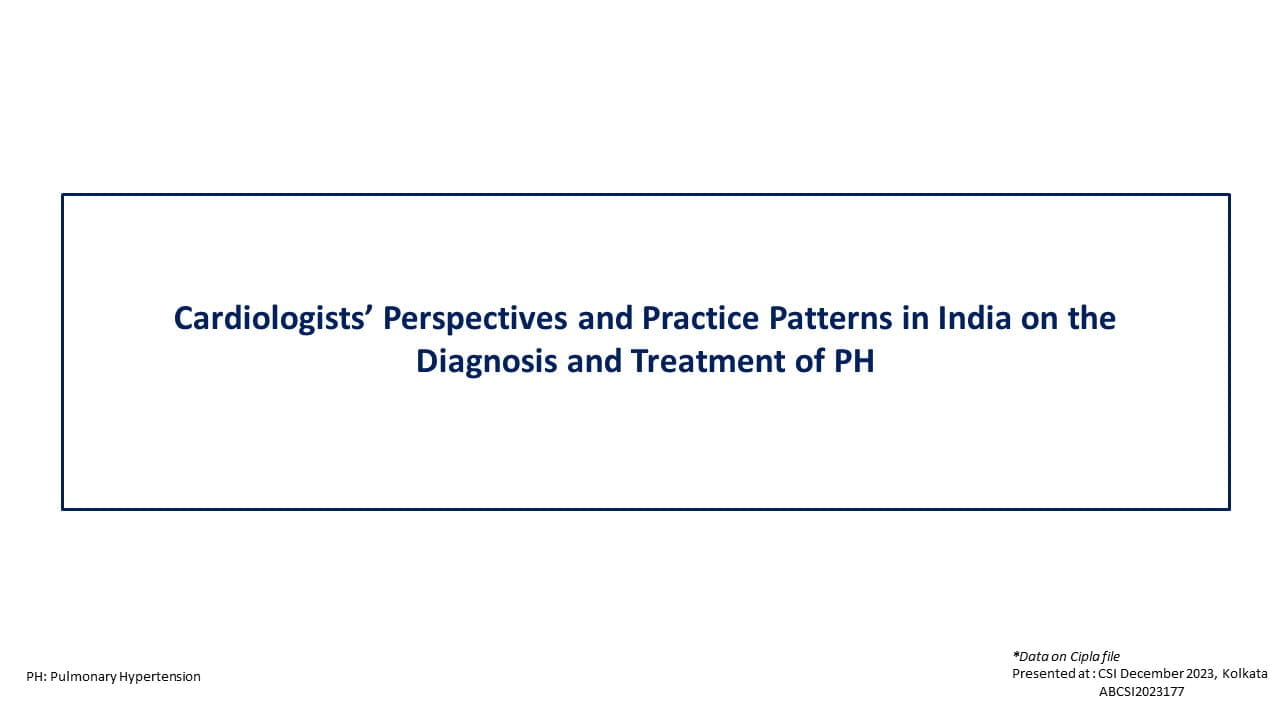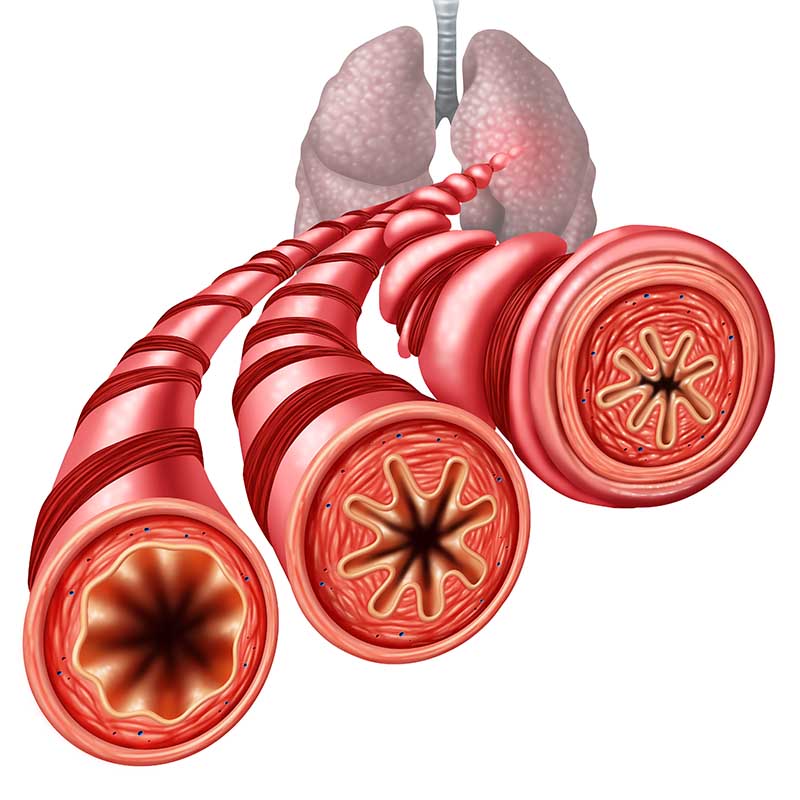Background
It is recommended that patients with nonvalvular atrial fibrillation (NVAF) should receive oral anticoagulants (OAC) for stroke prophylaxis. Use of antiplatelet (AP) agents is not advocated for stroke prophylaxis in these patients. Nevertheless, patients with newly diagnosed AF may have comorbid cardiovascular disease (CVD), requiring AP agents along with OAC. In fact one in eight patients in the Global Anticoagulant Registry in the Field (GARFIELD-AF) registry are coprescribed AP medications and OAC, irrespective of whether they have vascular disease or other indications for AP therapy. The balance of risk vs. benefit associated with coadministration of OAC plus AP is currently not well defined
Aim
To investigate baseline characteristics and outcomes of patients coprescribed OAC plus AP therapy vs. OAC alone using data from GARFIELD-AF.
Patient Profile
- Adults (age ≥18 years) with recently diagnosed NVAF and at least 1 risk factor for stroke (n=24436, male; 55%, median age; 71 years)
- Majority of patients had moderate to high risk of stroke (CHA2DS2-VASc score ≥2)
Method
Study Design
- Prospective, multicenter, observational study based on the GARFIELD-AF registry
Treatment Strategy
- Patients received OAC plus AP (aspirin or P2Y12-type ADP receptor inhibitors) (n=3059) or OAC alone (n=21377)
Follow-up
- Clinical outcomes were measured over 3 and 12 months.
Outcomes
- Clinical outcomes [all-cause mortality, myocardial infarction (MI) or acute coronary syndrome (ACS), stroke, stroke or systemic embolism]
- Bleeding risk (any bleeding, major bleeding, major bleeding and hemorrhagic stroke, and major or non-major clinically relevant bleeding)
Results
- Patients treated with OAC plus AP therapy vs. those treated with OAC alone had a greater prevalence of cardiovascular indications for AP, including ACS, coronary artery disease (CAD), and carotid occlusive disease (Table 1).
|
Cardiovascular Indication |
OAC plus AP Group |
OAC Alone Group |
|
Acute coronary syndrome |
22.0% |
4.3% |
|
Coronary artery disease |
39.1% |
9.8% |
|
Carotid occlusive disease |
4.8% |
2.0% |
- The prevalence of cardiovascular conditions such as congestive heart failure, hypertension, history of hypercholesterolemia, history of bleeding, severe renal disease and diabetes was also higher in patients receiving OAC plus AP therapy.
- Amongst 20687 patients at high risk of stroke (CHA2DS2-VASc score≥2), 2735 (13.2%) received OAC plus AP therapy
- As per an intention-to-treat analysis, adjusted for 40 covariates including baseline medications, at one year, patients treated with OAC plus AP had significantly higher incidence rate [calculated as adjusted hazard ratio (aHR) with 95% confidence interval (CI)] of stroke and any bleeding event as compared to those treated with OAC alone. (Table 2).
|
Outcome |
aHR |
95% CI |
|
Stroke |
1.49 |
1.01-2.20 |
|
Any bleeding event |
1.41 |
1.17-1.70 |
- There was no evidence of reduced all-cause mortality (aHR, 1.22; 95%CI, 0.98-1.51) or risk of ACS in patients treated with OAC plus AP (aHR, 1.16; 95%CI, 0.70-1.94) as compared with those treated with OAC alone.
- The results of the propensity matched analysis were similar to those of the intention-to-treat analysis.
- Amongst the subpopulation at high risk of stroke the aHRs for all outcomes were similar to those seen in overall population (Table 3).
|
Outcome |
aHR |
95% CI |
|
Stroke |
1.55 |
1.04-2.30 |
|
Any bleeding event |
1.42 |
1.17-1.72 |
|
Major and non-major clinically relevant bleeding |
1.50 |
1.13-1.99 |
|
death or stroke |
1.27 |
1.04-1.56 |
|
death or stroke or major bleeding |
1.33 |
1.10-1.60 |
- With regards to short-term outcomes, the number of clinical outcomes at three months was higher in patients treated with OAC plus AP therapy vs. those treated with OAC alone. Only any bleeding (aHR, 1.54; 95%CI, 1.15-2.07), major and non-major clinically relevant bleeding (aHR, 1.86; 95%CI, 1.20-2.88), and death, stroke, or major bleeding (aHR, 1.48; 95%CI, 1.07-2.06) exhibited statistically significant increases.
Conclusions
- Majority of the patients in the GARFIELD-AF registry received OAC alone though, one in eight patients received AP plus OAC. These patients had a higher burden of cardiovascular indications for AP therapy.
- Patients treated with OAC plus AP had a higher incidence of adverse outcomes including stroke, bleeding, and death as compared with those treated with OAC alone over the longer term (12 months) and shorter term (3 months).
- Patients with AF at risk of stroke who receive OAC do not require AP therapy unless there is a clear indication for the same.
- This study challenges the practice of coprescribing OAC plus AP unless there is a clear indication for adding AP in newly diagnosed AF patients.
JAMA Netw Open. 2020 Feb 5;3(2):e200107. doi: 10.1001/jamanetworkopen.2020.0107.










